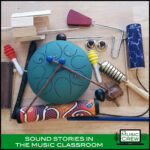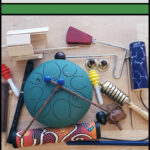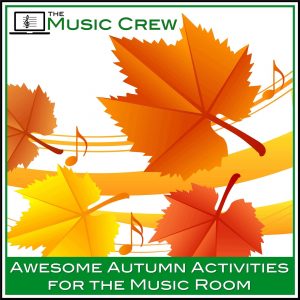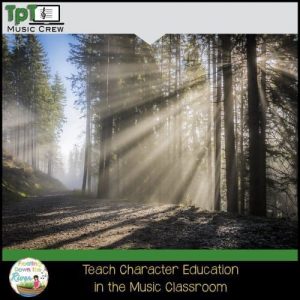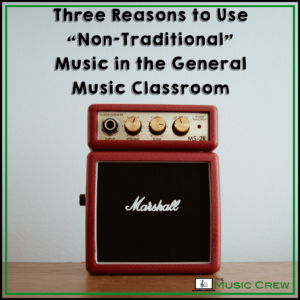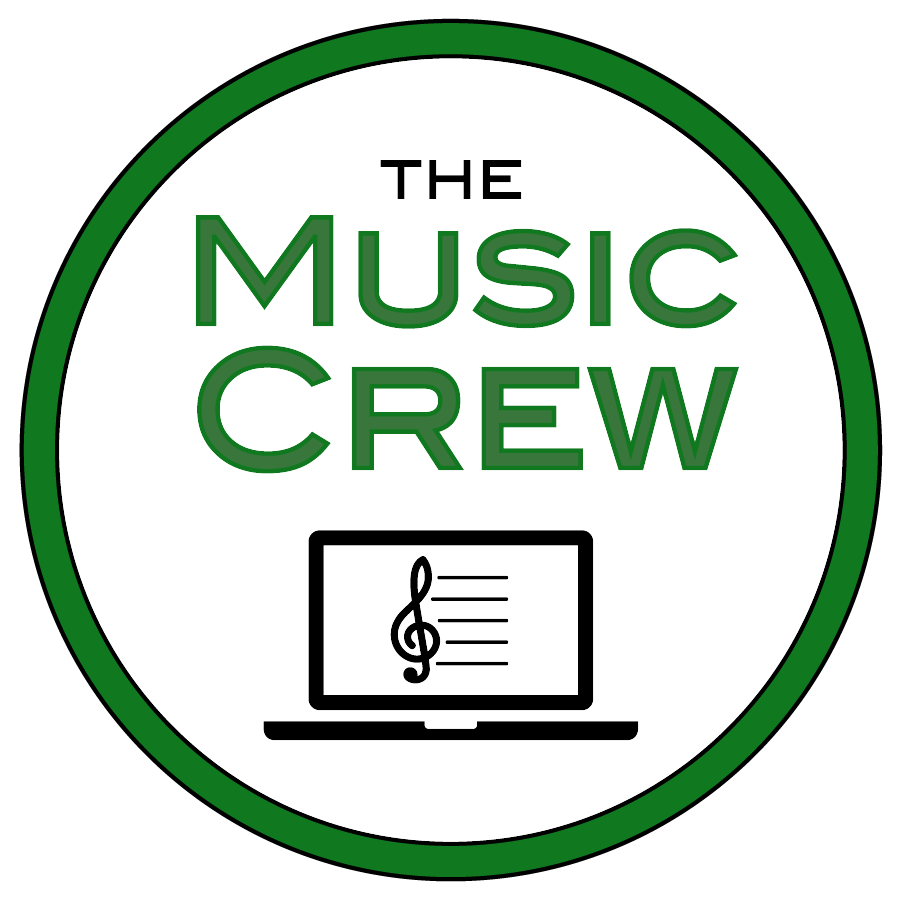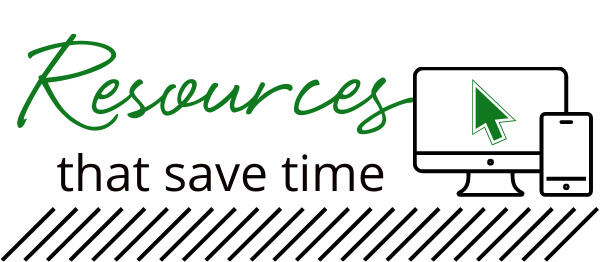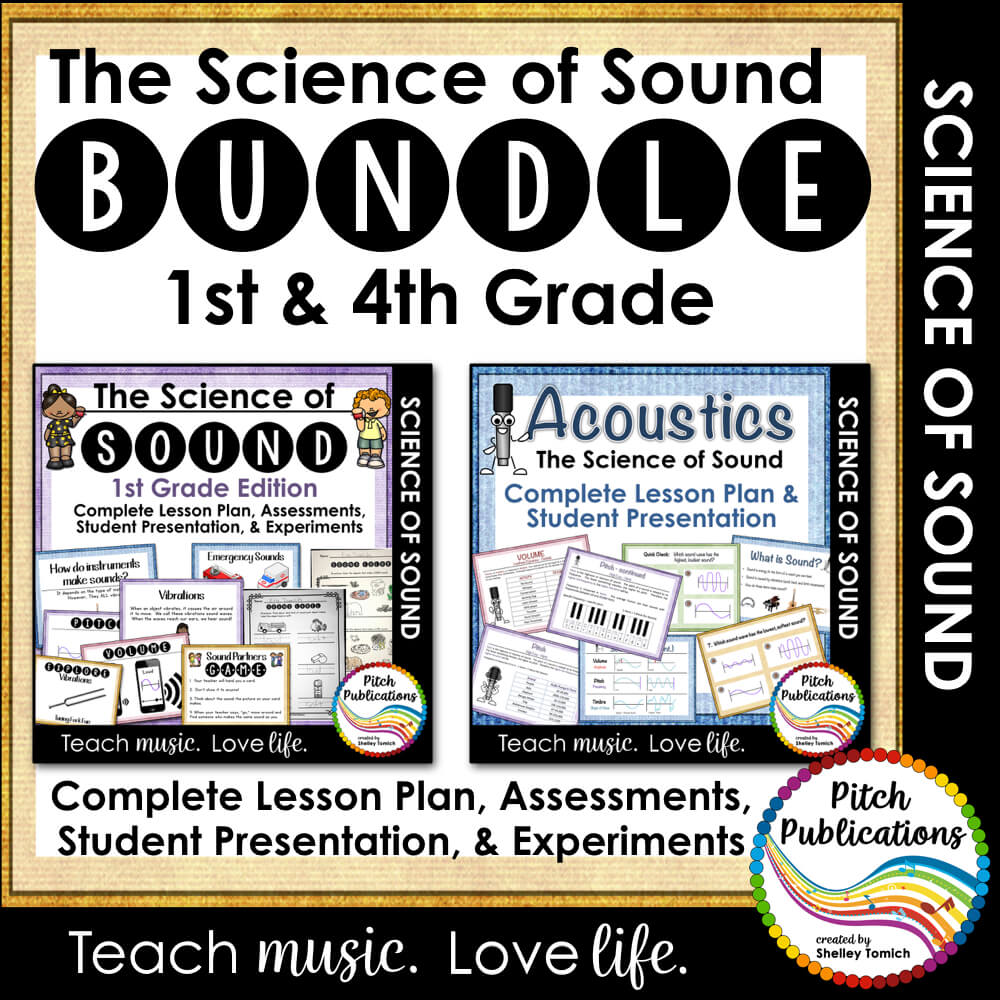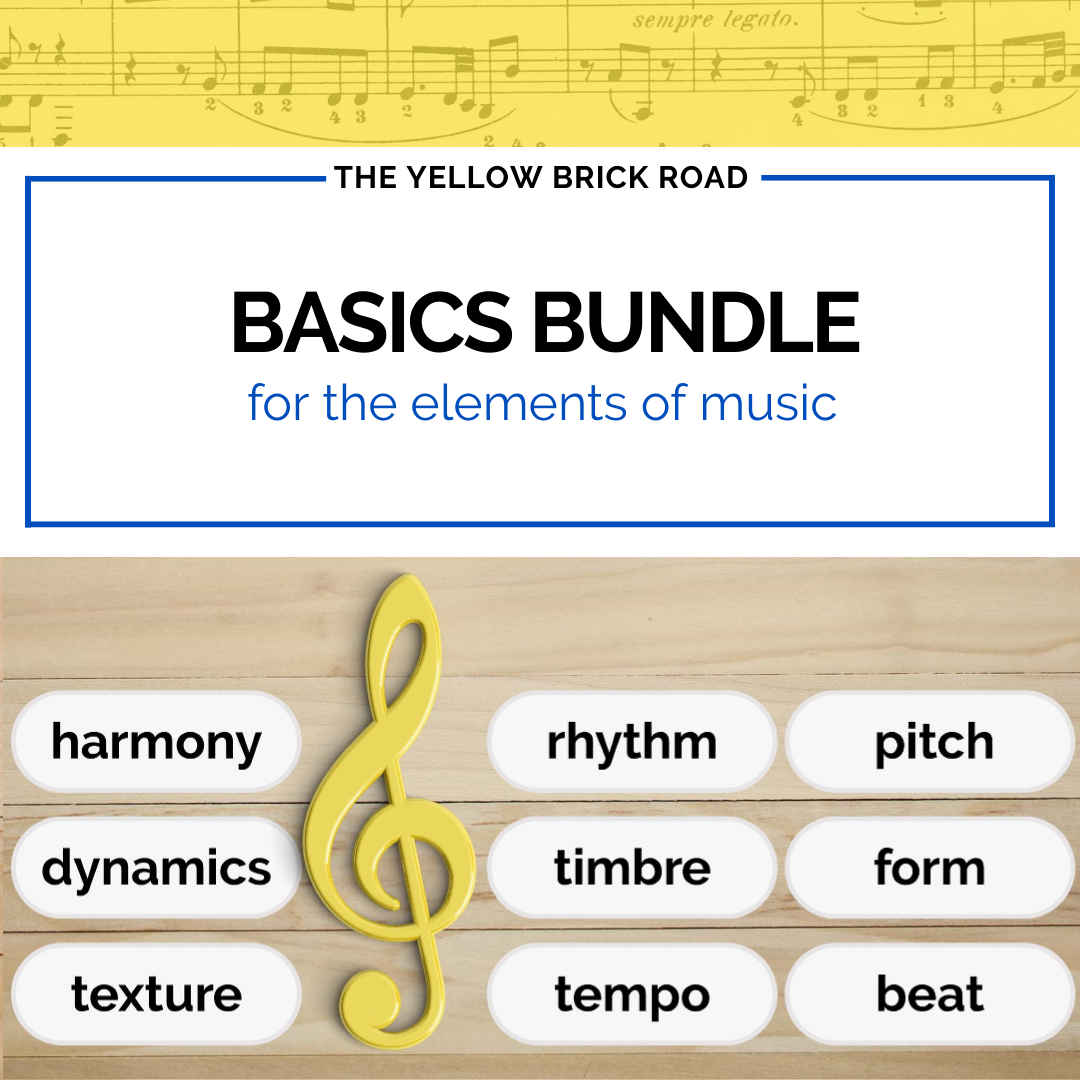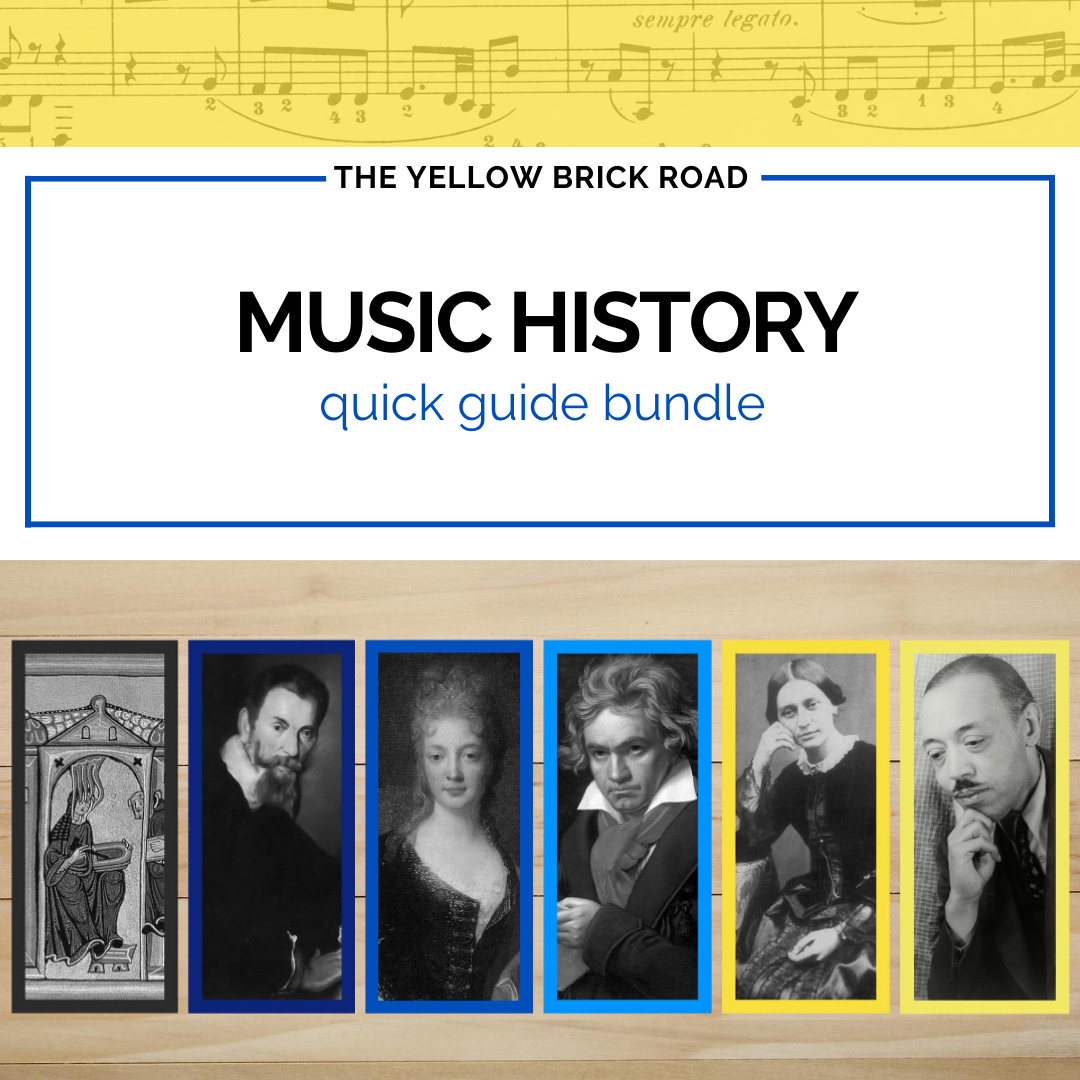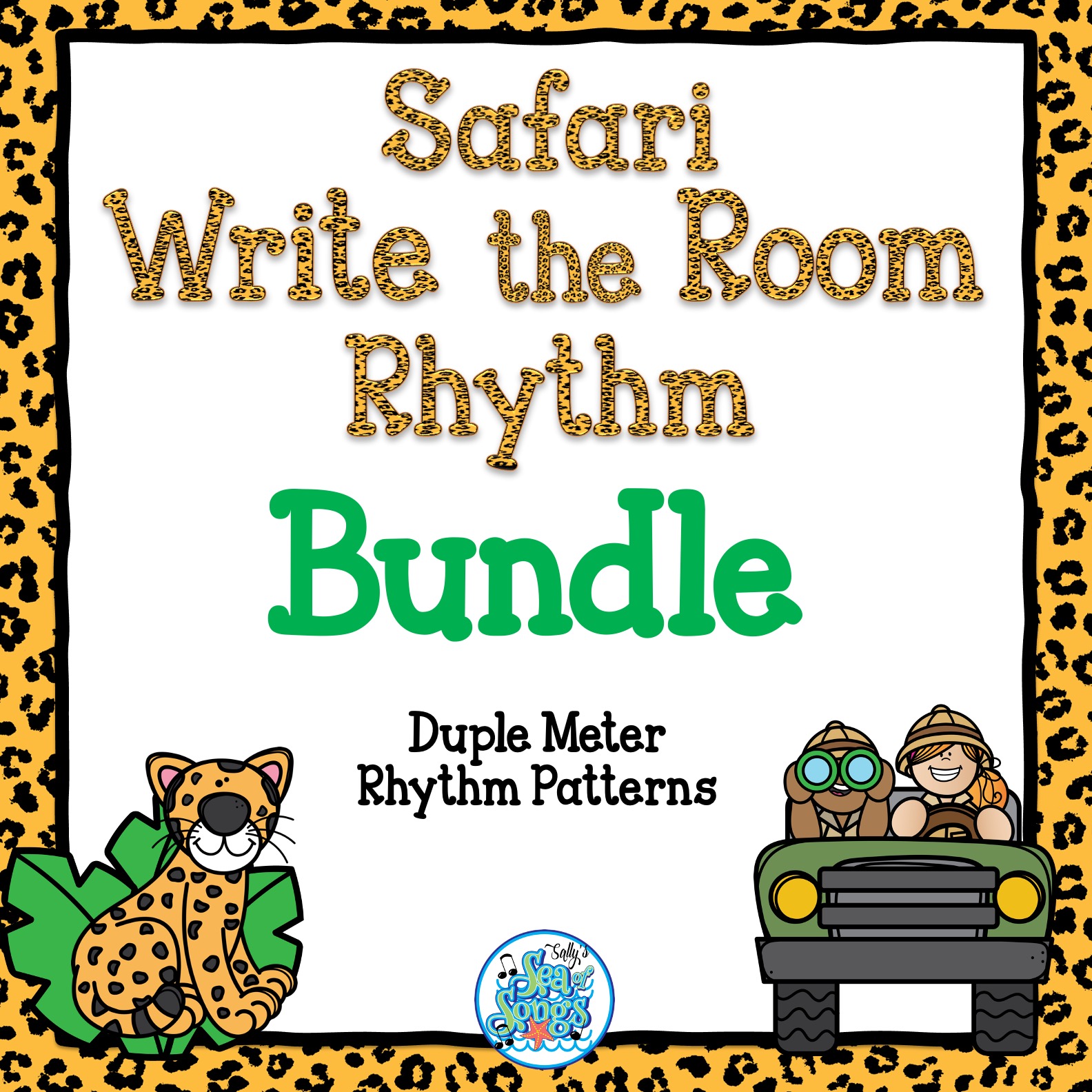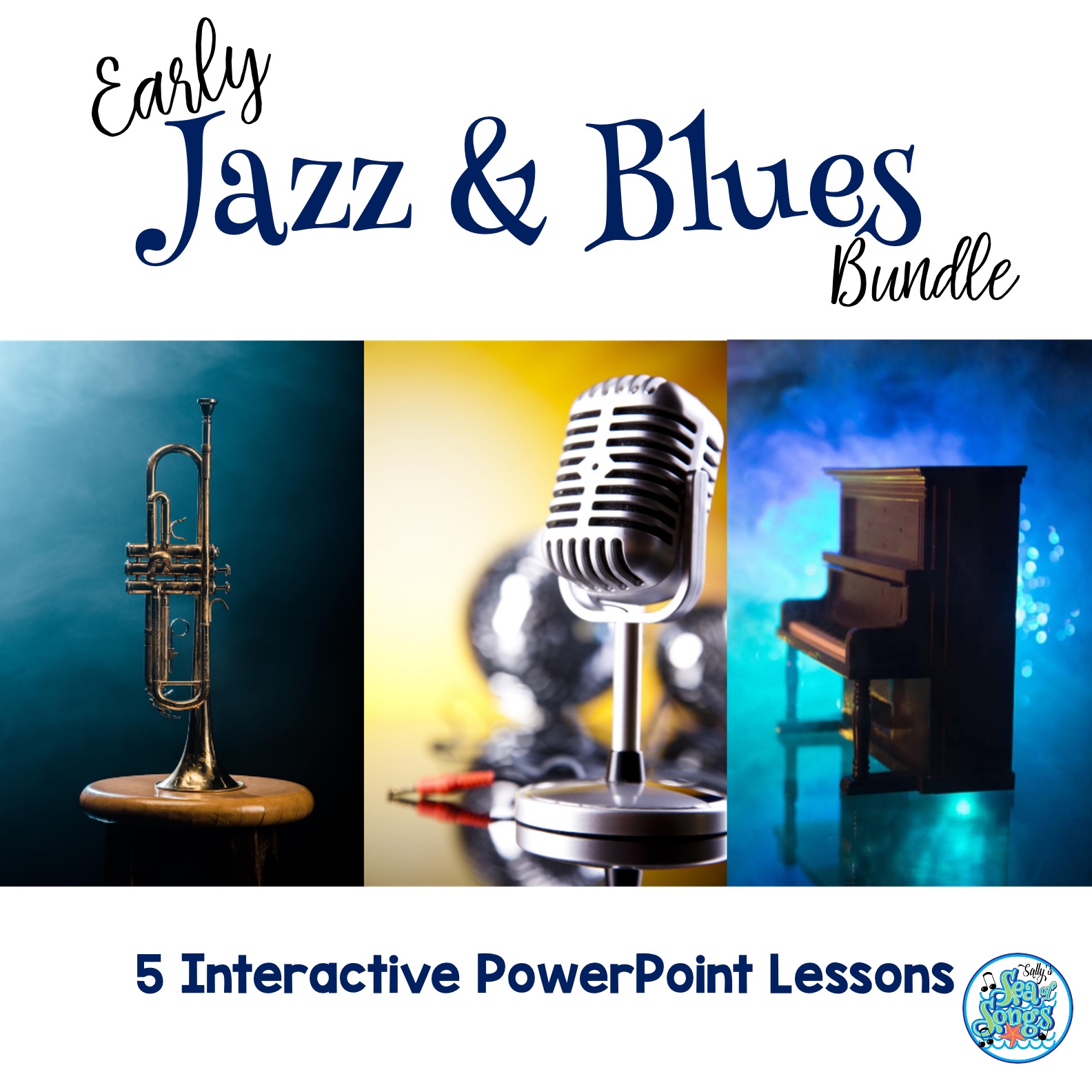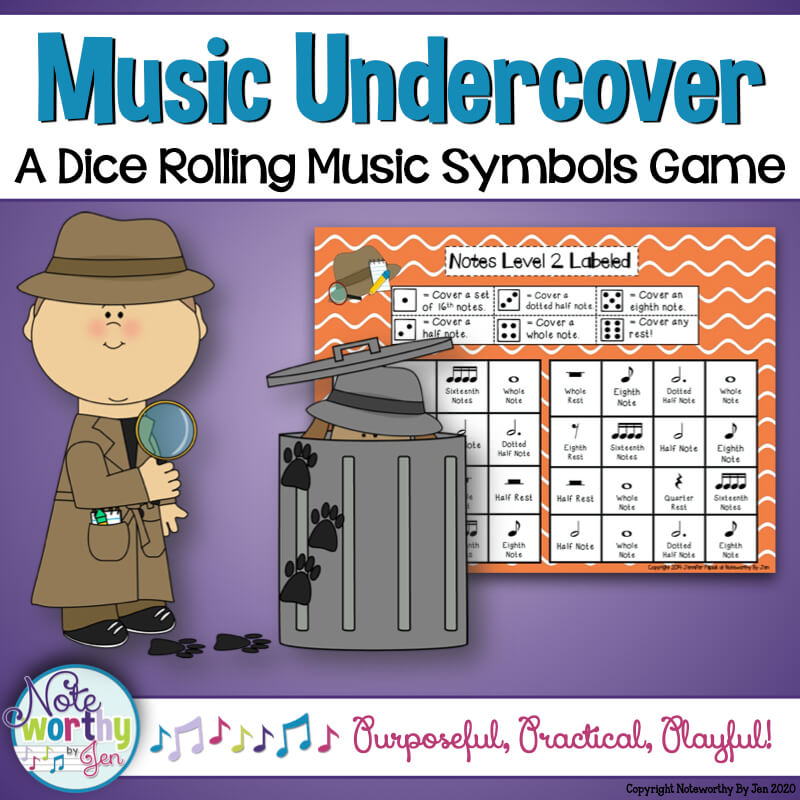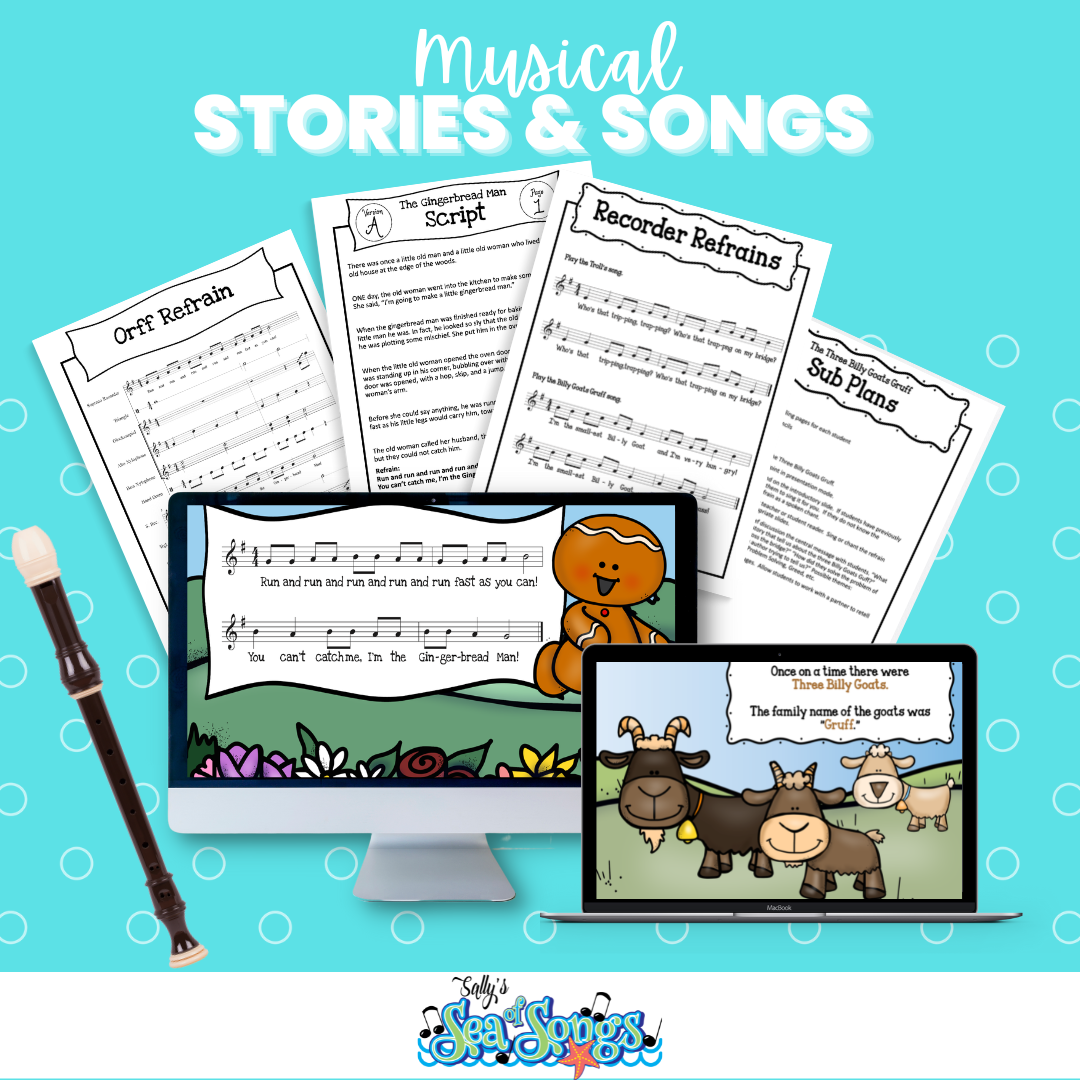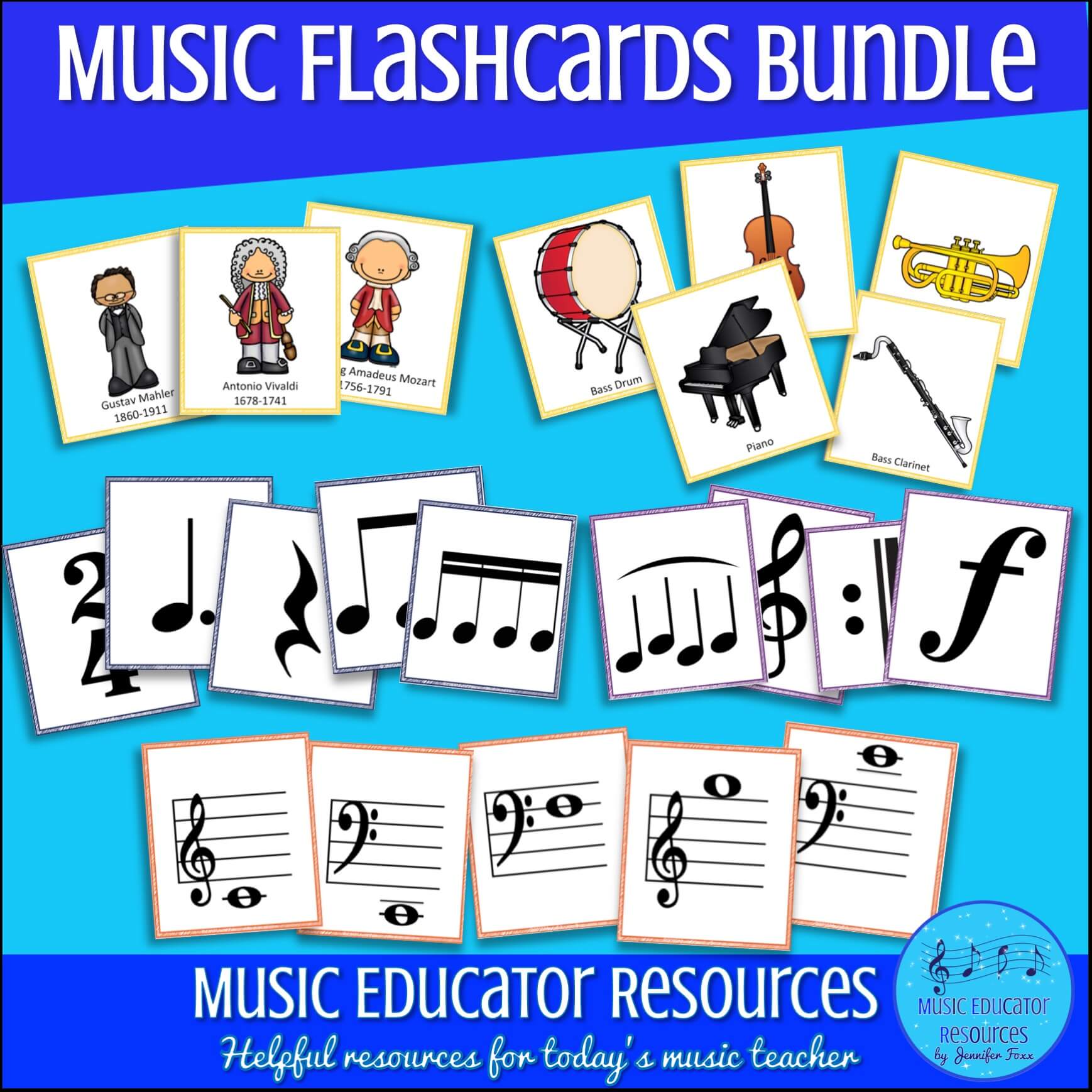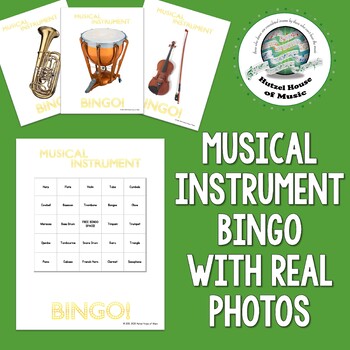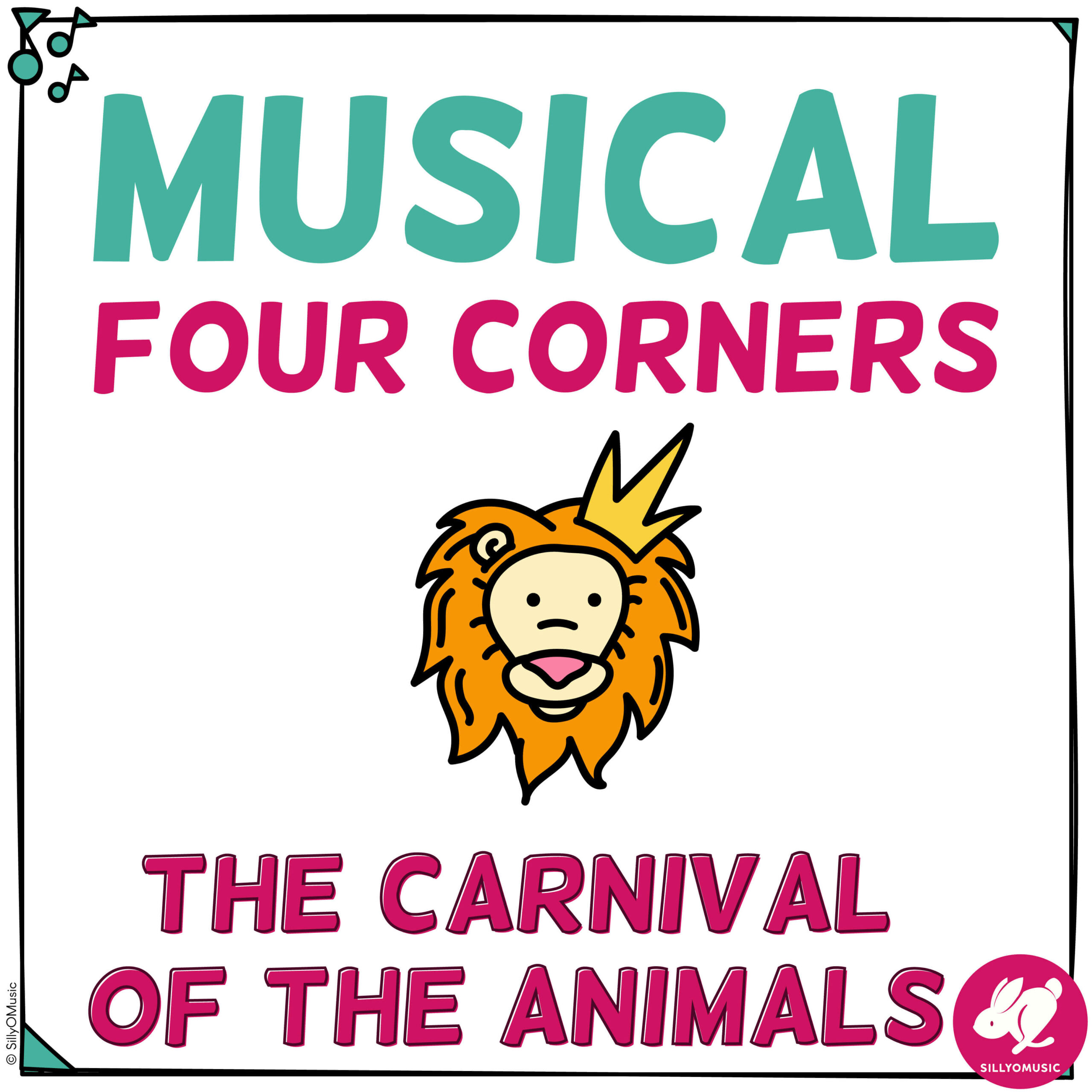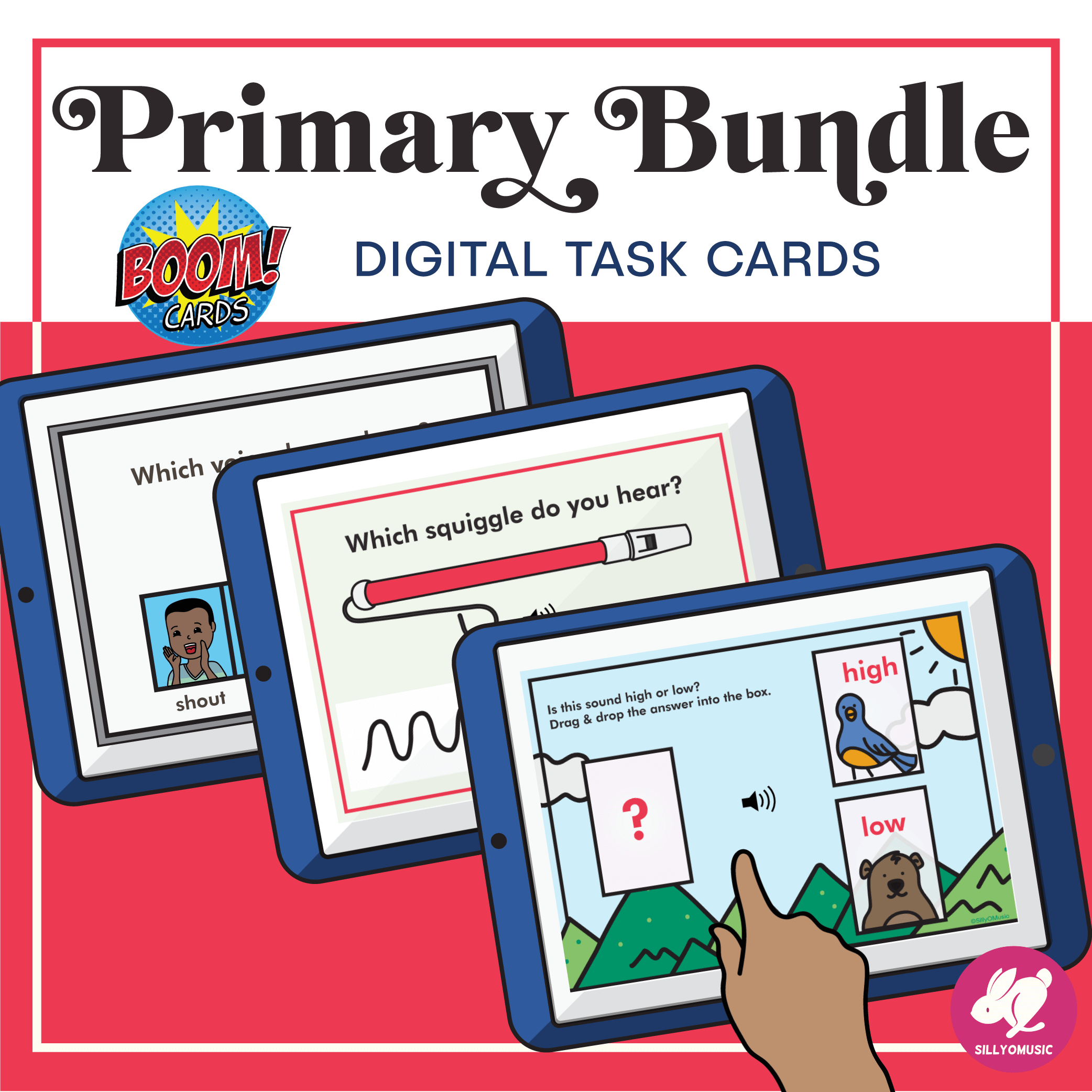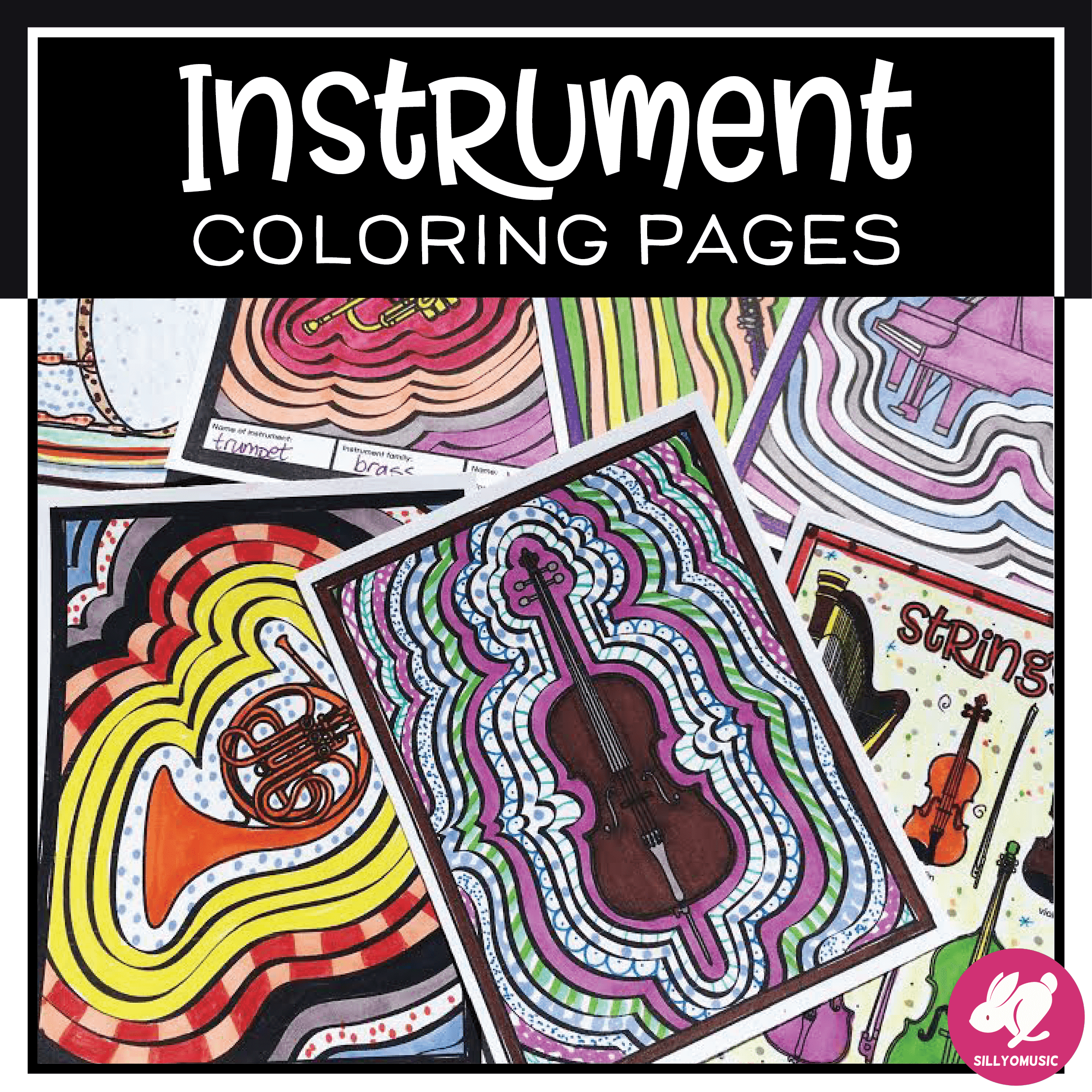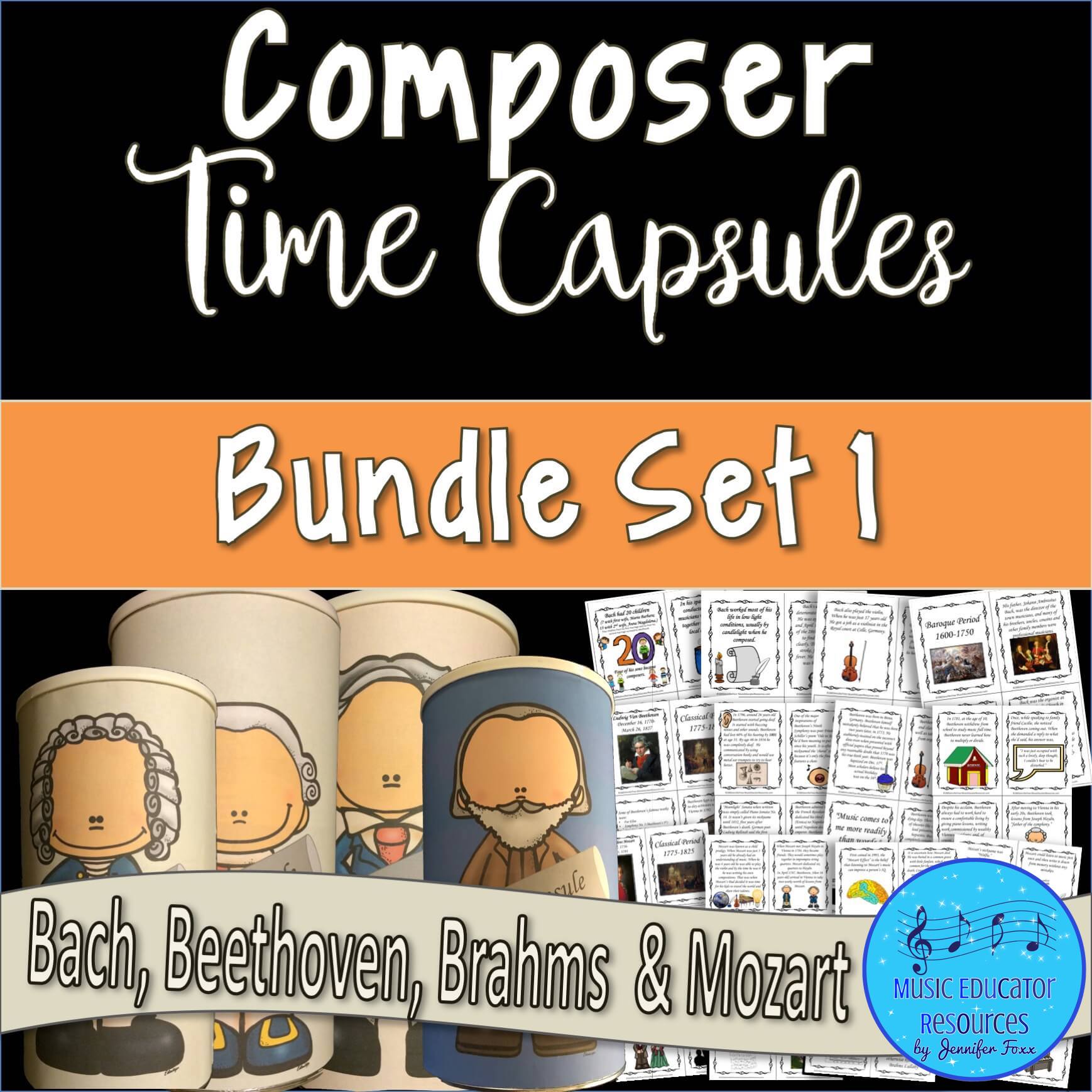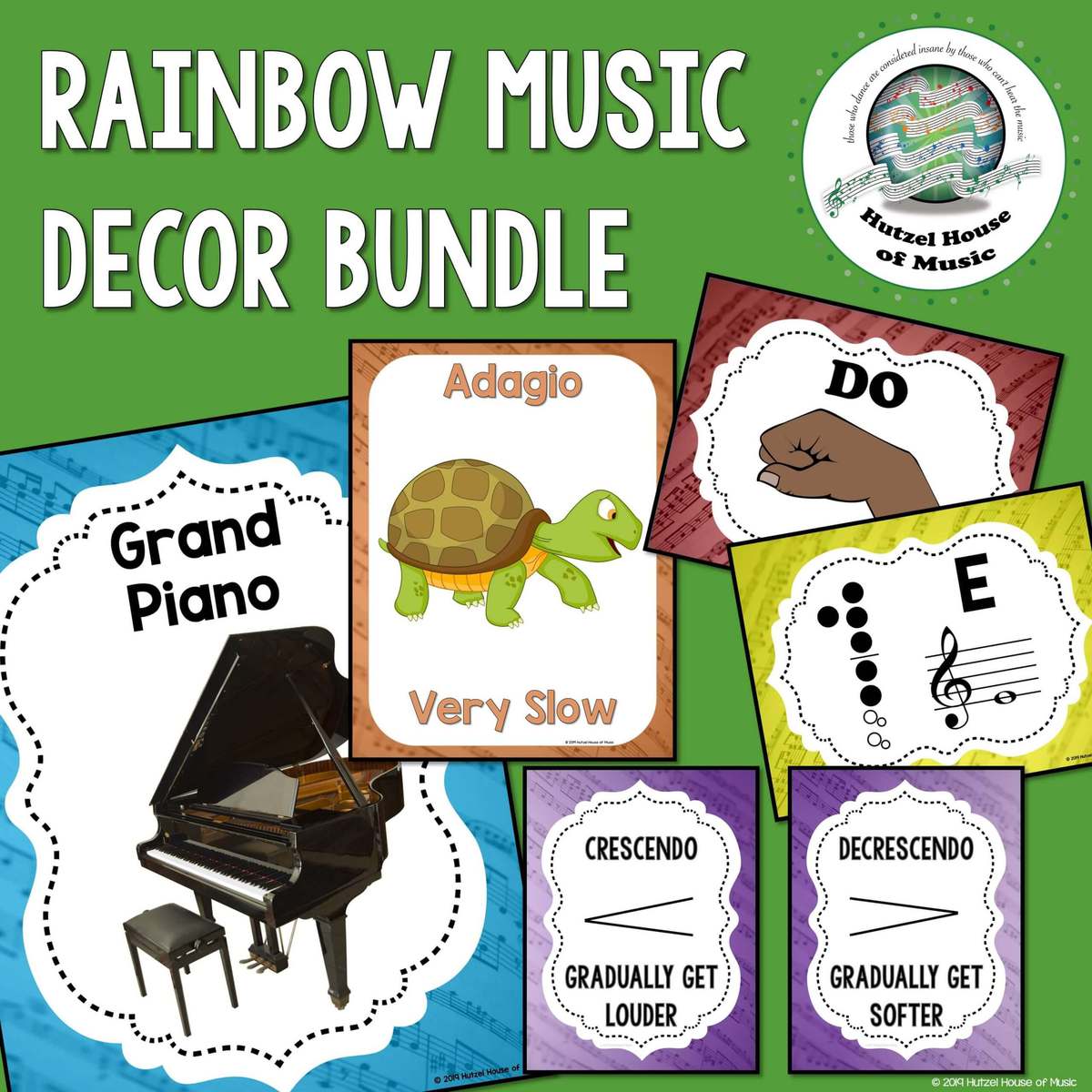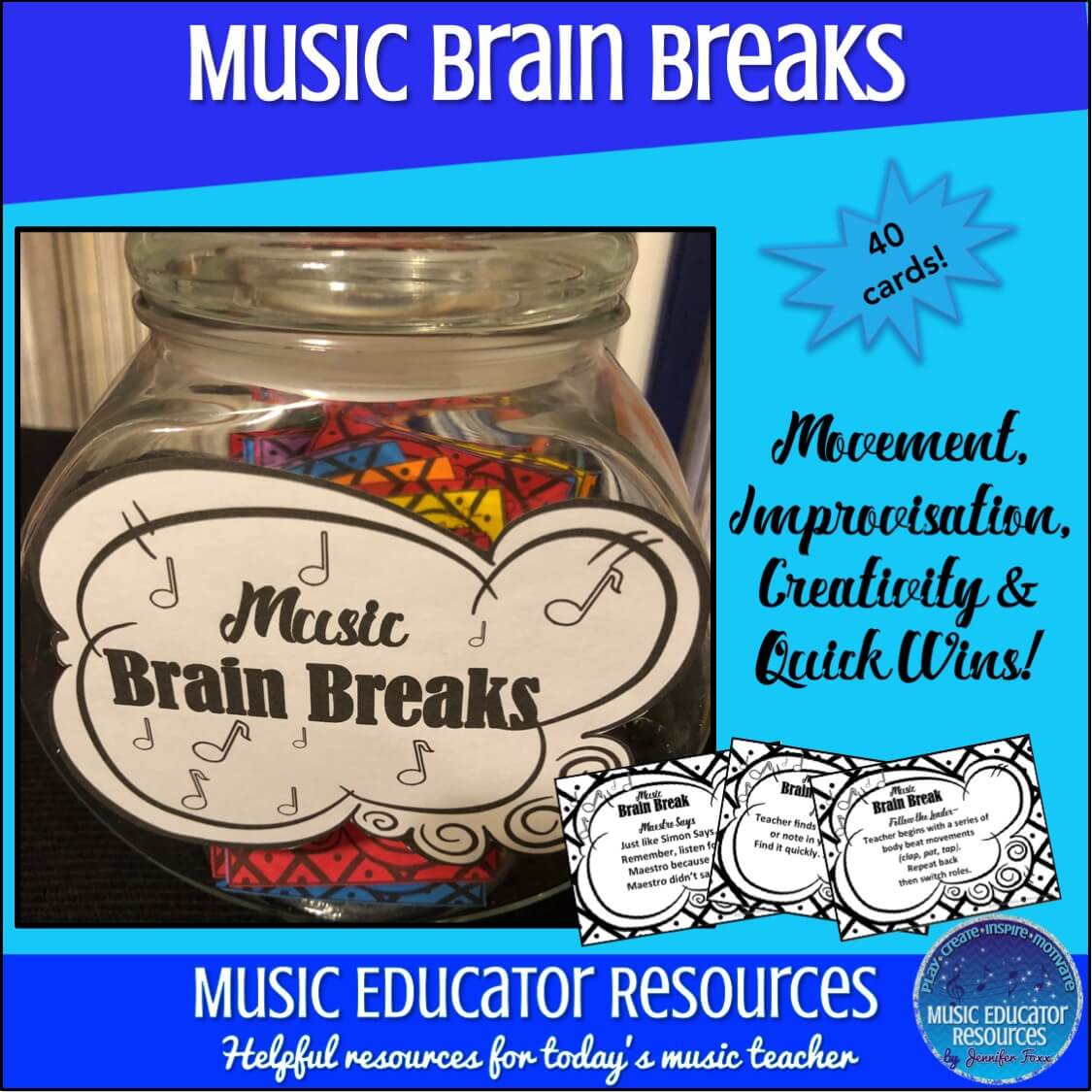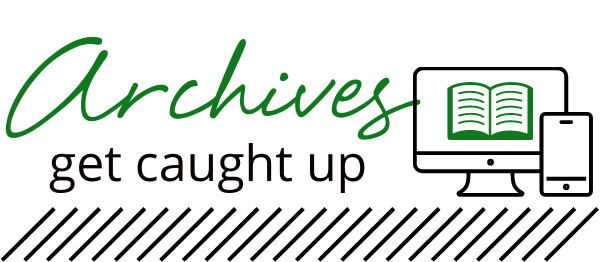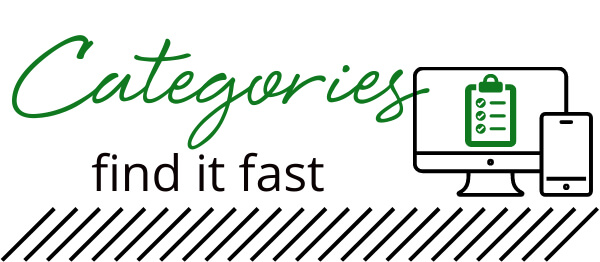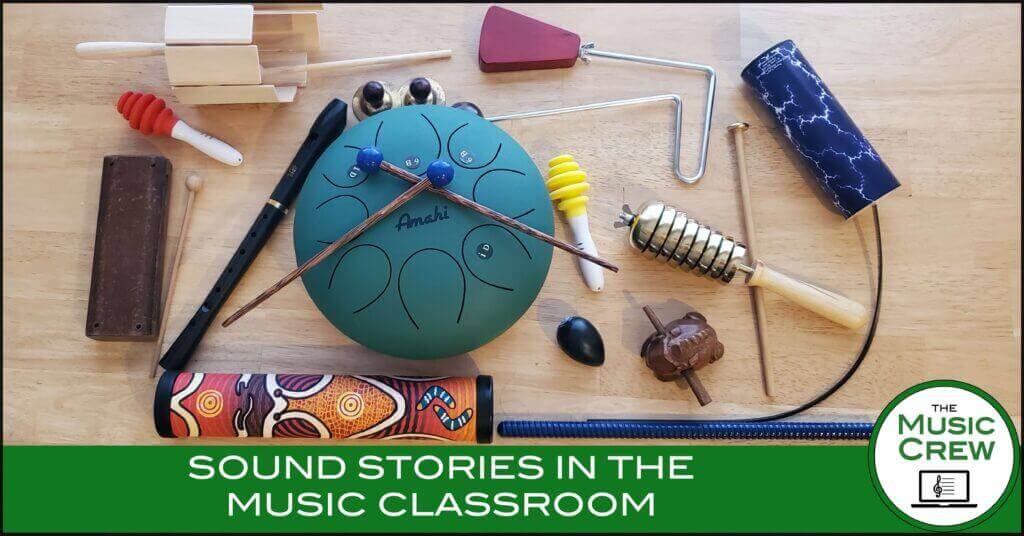
I have done sound stories in elementary music classrooms for years and love the myriad of benefits students can gain from participating in them. There are dozens of musical and nonmusical benefits students gain from doing sound stories. A few of my favorite benefits are instrument exploration, learning playing technique, community and group work, improvisation, composition, listening, and turn-taking.
Getting Started: Instruments for Sound Stories Found in Your Classroom
You can use whatever you can find, even things students have around the house, such as a pan for a loud sound, a cheese shredder for grating sound, an oatmeal or coffee container as a muted drum. This works well if you are doing classes on zoom. You will be surprised what students can find around their homes that make interesting sounds.
If you are in person, use your standard classroom instruments, such as jingle bells, rhythm sticks, egg shakers, xylophones, recorders, and hand drums. Many rhythm sticks have one stick with ridges, so it can serve as a scraper.
Don’t forget your own body sounds made with the voice or mouth, patting, clapping, stomping, swishing hands, snapping, yelling, etc. You can make an entire rainstorm with your own bodies.
More Fun Sound Story Instruments
I am continually finding fun instruments to use in my sound stories. Here are some of my favorite fun instruments I have collected for sound stories recently. Click on the link to see a demo of each instrument. Most of these are available from West Music.
- The Tongue drum has a wonderful, calming tone that can be used for a mysterious sound.
- Quack sticks and Canary sticks make fun bird sounds, mouse sounds.
- A vibraslap makes a fun sound that is a rattling sound.
- A stir xylophone makes a fun, magical sound like a xylophone.
- A thunder tube can make a variety of sounds for thunder, growling, snarling, grumbling, etc.
- A bell tree makes a magical sound.
- Slap sticks make thunderclap, alligator snap, sudden noise
- The Frog guiro can make frog sounds and other scraping sounds. They come in a variety of sizes. The demo video is so fun!
****If you don’t have a budget, there are many ways to get grants for new instruments, such as Donorschoose.org, Walmart grants, your own district grants, or other local organizations that give money for creative projects in the schools. Look around and you will be surprised at how you can fund your classroom. You can collect instruments a little at a time.
How to Do a Sound Story
- 1. Start by reading a book to the class, showing them the illustrations as you go.
- 2. Talk about the various characters and either assign a sound or instrument (for young students or for students who have never done this before).
- 3. If your students are creative or experienced with sound stories, have them suggest instrument sounds. If you get several suggestions, vote on which one to use. Once you get going on your story, you may need to switch instruments for one sound because you find that an instrument fits in one place better. **Keep in mind that a sound doesn’t have to be exact. Be creative in your assignment of sounds.
- 4. Assign students one or two instruments, depending upon how many students you have. It is ideal if all students are able to engage in your story. If you have a phrase that happens over and over, have all students make a sound with their body or mouth or instruments for which you have multiples.
- 5. Read your story one part at a time. Be sure students don’t play the sounds until AFTER THE WORDS so you can hear the story.
Use a Sound Story as a Performance Piece
Sound stories are perfect performance pieces. You can include the audience as well by having them make a body or mouth sound, especially if it happens over and over in the story. Choose books that have repeated phrases or sounds so you can include the audience.
Some Sound Story Options
The Doorbell Rang
For years, I have used the book, “The Doorbell Rang” with my kindergarteners to do vocal matching and introduce the sol-mi sound to their ears. This could easily be made into a full-fledged sound story. See my blog post here.
Make it into a sound story by adding sounds for the following:
- Kids coming in: walking sounds- rhythm sticks, claves, hand drums
- Dividing cookies: Individual sounds while counting with rhythm sticks, wood blocks, any hard sound
- Knocking on the door: claves, drums, rhythms sticks
- Ding dong: vocal sounds, xylophones, and resonator bells
- Sound for grandma coming in: bell tree or any fun sound for her
*Remember to use a different sound for each item.
The Three Bears
I made my own book to use with the three bears. Find it and other sound stories here.
Use the following instruments for the sounds:
- The bears- High, medium, and how xylophone sounds
- Goldilocks- chime tree or another magical sound or another magical sound
- Walking- woodblock, rhythm stick, or hand drum
- Eating sound- mouth or bowls with spoons
- Knocking on the door- claves, woodblock, rhythm sticks
- Door Opening- slide whistle
- Chair falling and breaking- drop something
- Goldilocks sleeping- mouth snoring sounds, ratchet, guiro
- Goldilocks running- feet, woodblock or another hard sound
*Remember to use a different sound for each item.
Use your imagination when you read a book to discover tons of other books you can use! The possibilities are endless!

